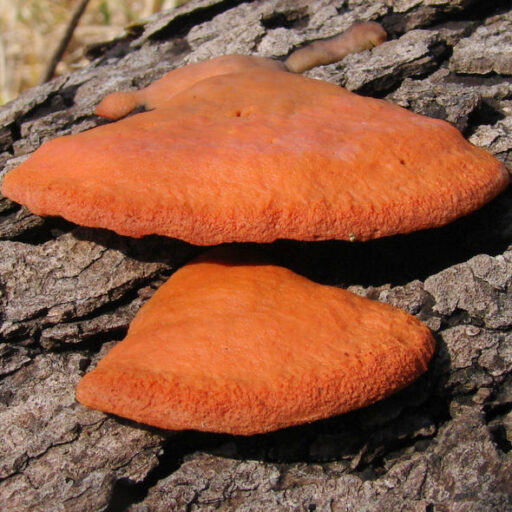Ascomycota is a large and diverse phylum of fungi characterized by the production of sexual spores called ascospores in sac-like structures called asci. Commonly known as sac fungi. Ascomycete fungi are the most abundant and ecologically diverse phylum of fungi, with over 64,000 known species. Contains over 2000 genera. They encompass a wide variety of forms and lifestyles, including saprobes, parasites, mutualists and pathogens. Range in size from single cell yeasts to the large fruiting bodies featured here.
Found growing in many different habitats, ascomycete fungi are found on plant matter, in marine environments and soil. Some are dung-loving fungi (coprophilous). Some are medicinally important and are used in the production of antibiotics. The drugs that suppress transplant organ rejection were developed from ascomycete fungi. Yeasts are used in the fermentation process to produce alcoholic beverages, breads and cheeses. Many are pathogens to plants and animals, including humans.
Sac Fungi at Indiana Fungi
See Overview of Ascomycota, ascomycete fungi (PDF)







